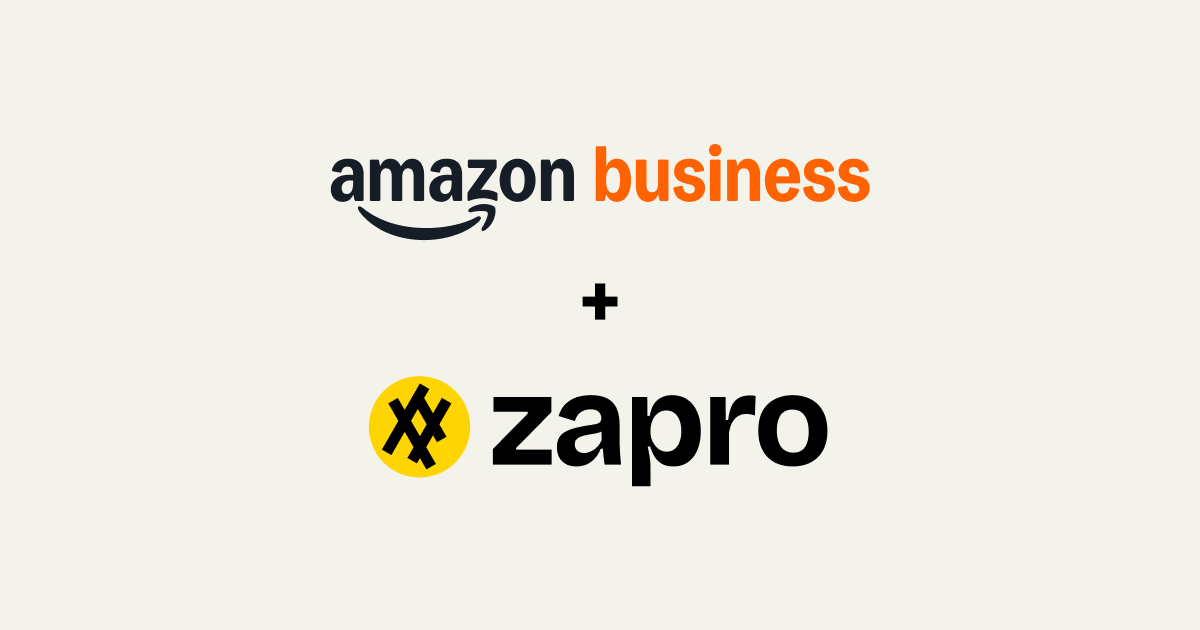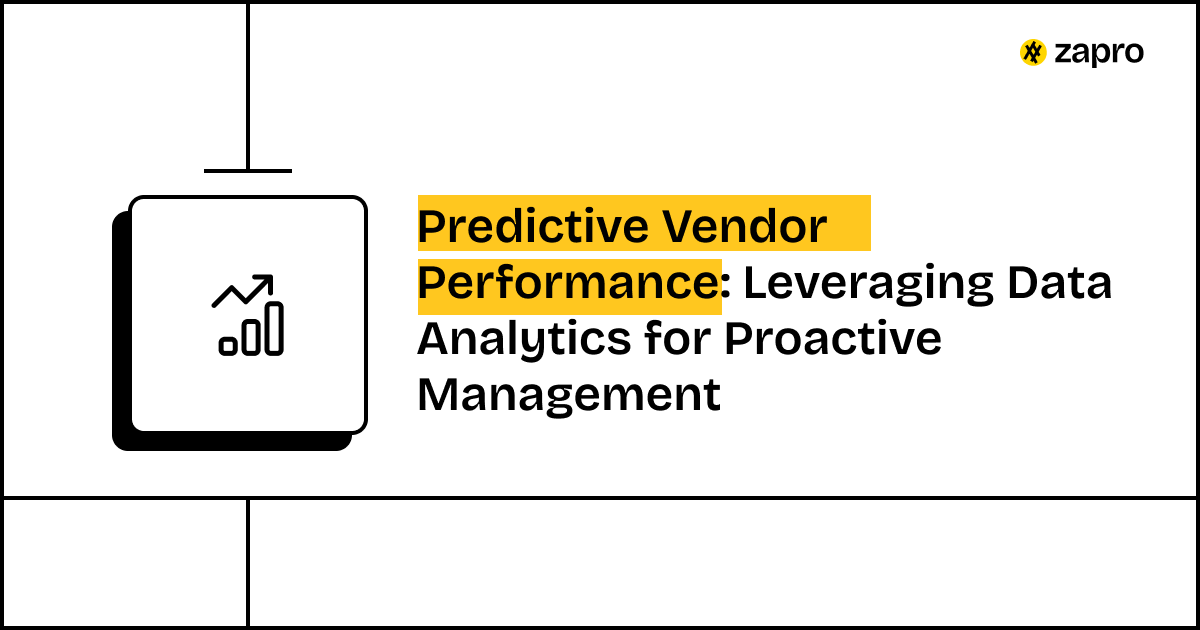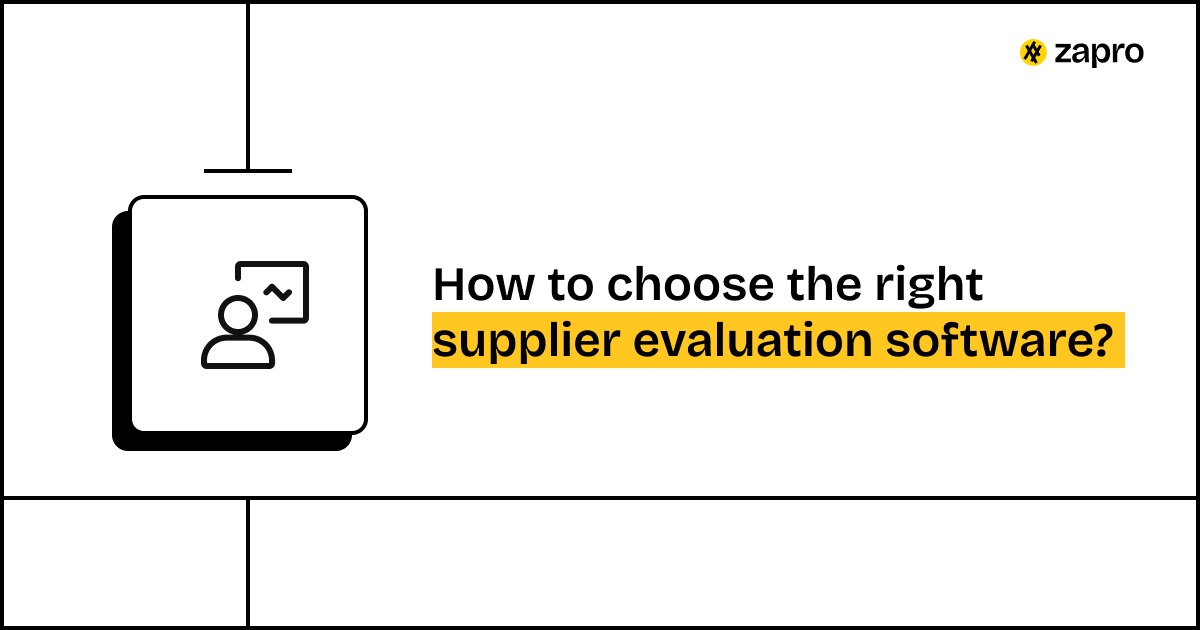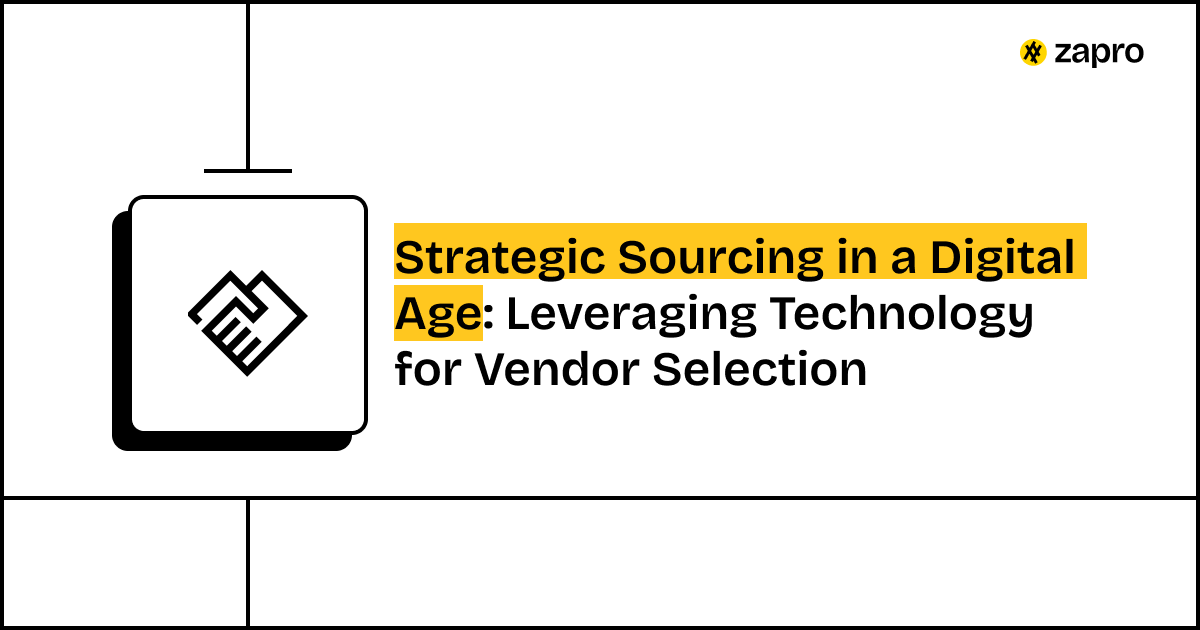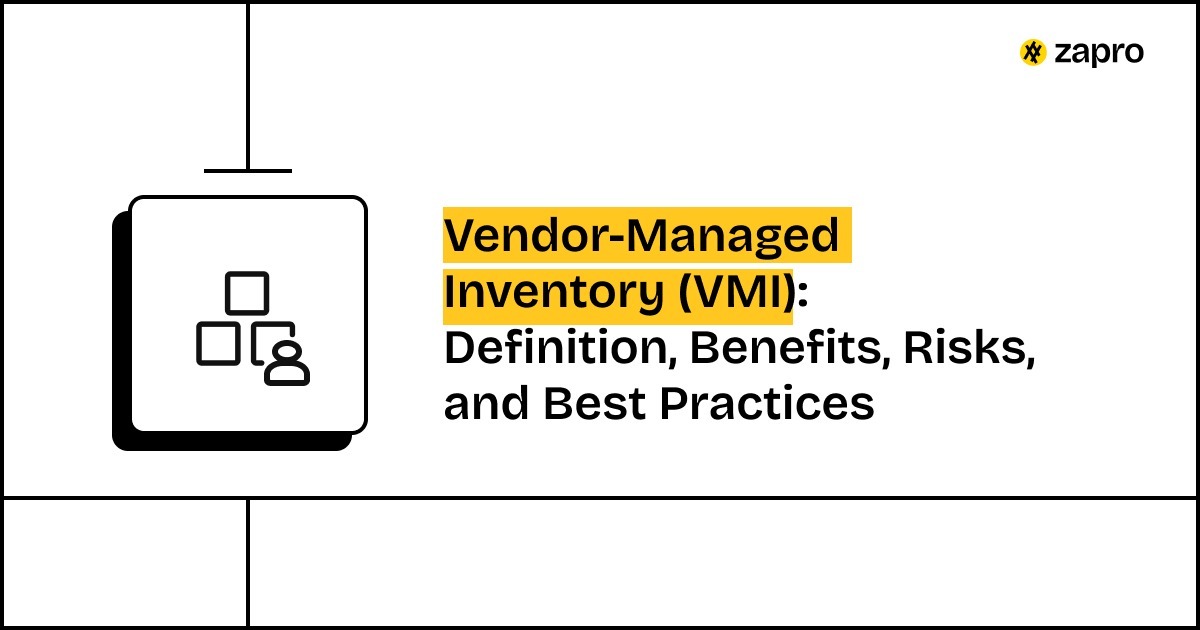The procurement team remains in the past when they focus on responding to supplier breakdowns and rushing delivery of delayed shipments and handling unanticipated product quality problems. The traditional vendor performance management system operates as a historical assessment tool which provides only past performance data. The upcoming era of supplier management will depend on predictive vendor performance systems.
Organizations can shift from emergency response to strategic supplier oversight through the implementation of vendor analytics and AI-based procurement performance systems. Organizations can use data to detect patterns which help them predict business threats and enhance supplier results before these issues affect their operations. This document will demonstrate the steps needed to develop an advanced predictive supplier management system.
Introduction: From Reactive to Predictive VPM
For decades, performance reviews focused on what already happened. You collected data, scored the vendor, and discussed failures weeks or months after they occurred. This reactive approach, while crucial for accountability, always left the organization vulnerable to sudden dangers and unnecessary costs.
The shift to predictive vendor performance is a strategic imperative. It means using data science to transform historical scores into actionable forecasts, ensuring procurement becomes a true strategic advantageously asset.
The Limitations of Backward-Looking Performance Reviews
Backward-looking VPM has several inadequacies:
- Delay: The organization starts corrective actions after production stops because of quality problems that have already occurred.
- Bias: The most recent success or failure in reviews tends to influence decisions while ignoring all other patterns in the data.
- Missed Opportunities: The organization only discusses supplier value optimization through joint innovation during scheduled strategic supplier meetings instead of when data shows the supplier is most ready or capable.

58% of procurement leaders said they already are implementing, or plan to implement AI in the next 12 months.
– Kaitlynn Sommers, Senior Director Analyst, Gartner Supply Chain Practice
The Foundation: Data Collection and Integration
Predictive vendor performance is only as good as the data it’s built upon. A robust data foundation is the crucial first step in data driven procurement.
Consolidating Internal (ERP, CRM) and External (Market, News) Data
To predict the future, you need a single pane of glass view that extends beyond mere transactional data. You must painstakingly integrate:
- Internal Data: Historical purchase orders, invoice payments, quality scores (VPM), communication logs (SRM), and contract terms (ERP, CRM).
- External Data: Financial viability scores, credit ratings, geopolitical risk indicators, regulatory changes (regulation), and even global news mentions.
This holistic data approach provides the many facets of information needed for accurate forecasting.
Importance of Clean and Structured Data
Machine learning models require proper input data because they produce results based on what they receive. The process of data-driven procurement software needs data that is both clean and structured and standardized. This means ensuring all vendors are named consistently, all KPIs are calculated using the same logic, and all timestamps are accurate. Without any delay addressing data silos and normalizing data is the foundation of the AI in procurement performance effort.
Key Predictive Analytics Techniques for Vendor Performance
Leveraging vendor analytics requires moving beyond simple dashboards into advanced statistical and machine learning techniques.
1. Trend Analysis and Time-Series Forecasting
This technique is used to predict performance over time.
- Application: Predicting future deviations in delivery delays or quality issues. For example, identifying a pattern where OTD drops by 5% in the two months preceding a contract renewal date, allowing for proactive supplier management before the drop occurs.
- Technique: Using statistical models to extrapolate historical performance and seasonality.
2. Anomaly Detection (Identifying unusual performance patterns)
The anomaly detection system identifies unusual patterns which indicate potential risks that are developing.
- Application: Identifying an unusual spike in support ticket response time, an unexplained increase in raw material cost submissions, or a sudden, unexpected drop in order volume side by side with other customers.
- Technique: Unsupervised machine learning models that learn the “normal” operating behavior and flag statistical outliers.
3. Predictive Modeling (e.g., supplier failure prediction, contract non-compliance risk)
This is the true power of predictive vendor performance.
- Application: The system predicts supplier contract default risk and bankruptcy probability for the following 12 months through evaluation of financial stability and market instability and past performance records.
- Technique: The system uses regression analysis together with advanced AI in procurement performance algorithms to evaluate various risk elements at once.
4. Machine Learning for Risk Scoring and Segmentation
ML algorithms can process the vast, incredible amount of data to create dynamic risk scores.
- Application: Assigning a real-time risk score to every supplier. High risk scores trigger an alert for proactive supplier management intervention. This allows procurement to focus its limited resources on the dangers that pose the biggest threat to the business.
Stop Guessing. Start Predicting Your Vendor Performance.

Actionable Insights from Predictive VPM
The goal of vendor analytics is to generate insights that translate into action, ensuring the procurement team can move effectively from mere following up to preventing.
Early Warning Systems for Supply Chain Disruptions
The predictive vendor performance system functions as an early detection system. The procurement team must start their mitigation plan immediately when the model shows a high risk of quality deterioration from an essential supplier. The early intervention in supplier management helps organizations avoid expensive production interruptions.
Proactive Supplier Development and Intervention
The predictive models help you detect suppliers who will fail future audits so you can take preventive measures before any issues occur. The procurement team can provide support and training and investment to strengthen the relationship which transforms a potential failure into an exceptional success.
Optimized Sourcing Strategies and Vendor Selection
The system determines which supplier attributes between size and location and past business ties between companies lead to better long-term results during new sourcing initiatives. The system enables organizations to make better purchasing choices and select vendors who will provide strategic benefits from the beginning.
Improved Negotiation Leverage
Forecasting future cost structures or anticipating a supplier’s internal struggles provides incredible negotiation leverage. By understanding the supplier’s likely need for short-term revenue or their capacity constraints before entering a discussion, procurement can secure better terms and maximize vendor ROI.
Implementing Predictive VPM: Challenges and Best Practices
While the benefits are clear, proactive supplier management via advanced analytics presents many facets of challenges.
Data Silos and Integration Complexity
Integrating disparate systems (ERP, SRM, external financial feeds) is the most significant hurdle. The best e procurement software must function as a centralized data platform, making the data accessible for the AI in procurement performance modeling.
Skill Gaps in Analytics and Data Science
The procurement team must either hire data scientists or partner with technology providers that embed these complex models directly into the platform. Data driven procurement requires new skills overall.
Ensuring Data Privacy and Security
The system needs to follow strict security protocols which protect sensitive data from external sources and internal systems while maintaining compliance. Trust in the predictive vendor performance system hinges on its security.
Zapro.ai’s Role in Empowering Predictive Performance Management
Zapro.ai serves as the crucial technology layer that makes predictive vendor performance achievable for enterprises.
Our robust data aggregation capabilities lay the groundwork for predictive insights. Zapro’s platform can integrate effortlessly with internal ERPs and ingest external data feeds, creating the clean, centralized foundation necessary for advanced vendor analytics. Our reporting tools go beyond mere historical scores, providing clear visualizations of forecasted risks and performance trends, enabling immediate proactive supplier management and smarter purchasing decisions.
Zapro turns complex data into actionable foresight.
Conclusion: Shaping the Future of Supplier Relationships with Intelligence
The future of supplier management is not reactive, but intelligent. Predictive vendor performance is transforming procurement from an administrative role into a strategic advantageously function.
Organizations that invest in vendor analytics and implement AI for procurement performance management will achieve more than basic transactional partnerships. The combination of predictive capabilities and supply chain disruption prevention enables organizations to work with suppliers for better vendor ROI management and complete supplier excellence achievement which leads to a strong and successful future.

Turn Vendor Data Into Your Competitive Advantage
Anticipate supplier issues, reduce costs, and strengthen vendor relationships with Zapro’s predictive analytics and intelligent automation.
FAQ
1. How can businesses use predictive analytics to improve vendor performance management ?
Predictive analytics helps organizations anticipate vendor issues before they arise. Advanced platforms like Zapro offer real-time insights and performance trends that enable proactive decision-making.
2. What are the key benefits of using data-driven tools for vendor evaluation?
Data-driven tools streamline vendor assessment by tracking delivery, quality, and compliance metrics. With solutions such as Zapro, teams can automate these evaluations and reduce manual intervention.
3. How does automation enhance vendor risk management?
Automation identifies patterns and potential risks early. Intelligent systems like Zapro integrate analytics with procurement workflows to provide early alerts on vendor deviations.
4. Why is continuous vendor performance monitoring essential for modern procurement teams?
Continuous monitoring ensures consistent service quality and timely delivery. Platforms like Zapro help procurement teams maintain this through dashboards and predictive alerts.
5. What features should organizations look for in a vendor performance analytics platform?
Look for features like predictive insights, automated scorecards, and integration capabilities. Solutions like Zapro combine these elements to deliver actionable intelligence for proactive vendor management.
Don’t miss our weekly updates
We’ll email you 1-3 times per week—and never share your information.

 Healthcare
Healthcare Financial Services
Financial Services Technology
Technology Venture Capitalist
Venture Capitalist Chief Procurement Officer
Chief Procurement Officer Chief Financial Officer
Chief Financial Officer